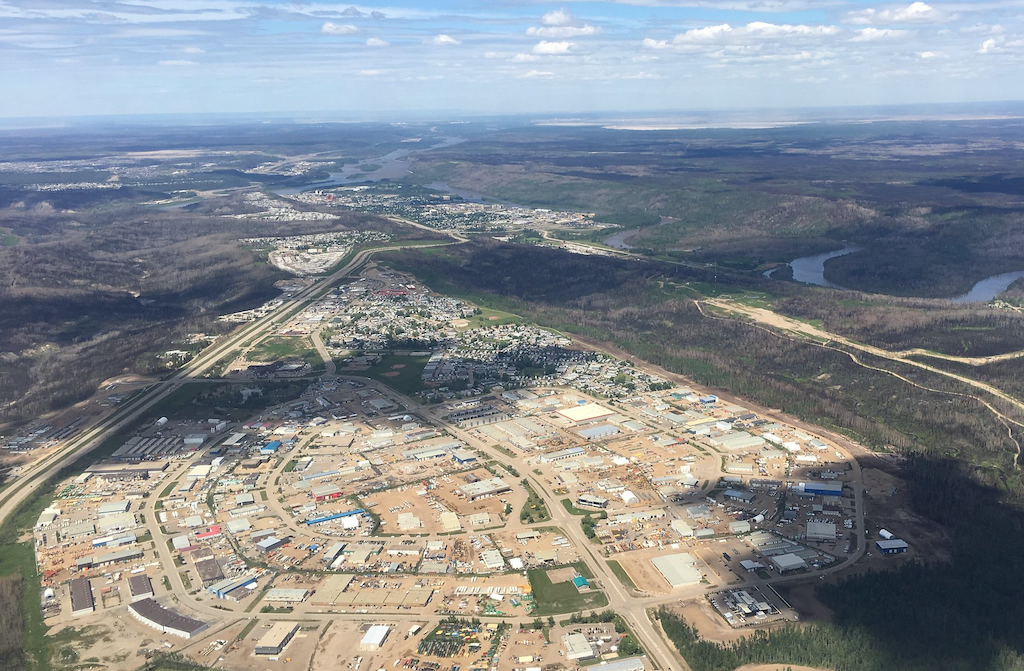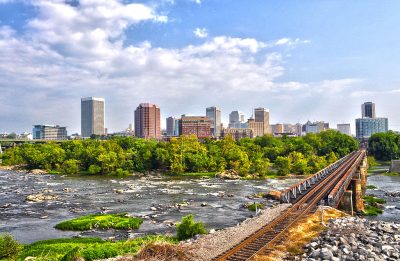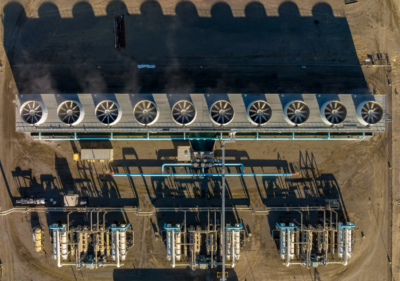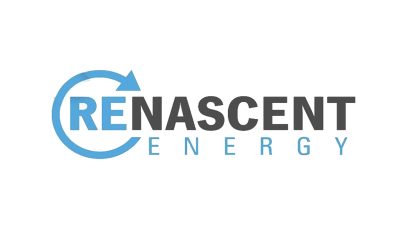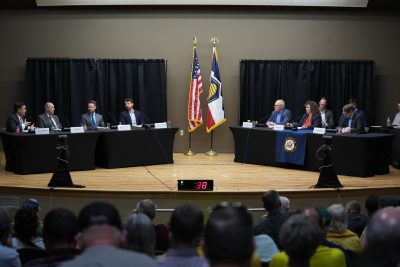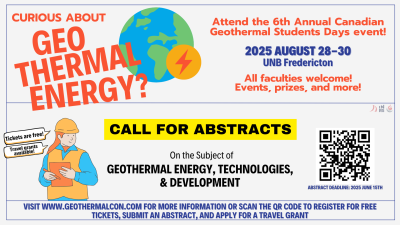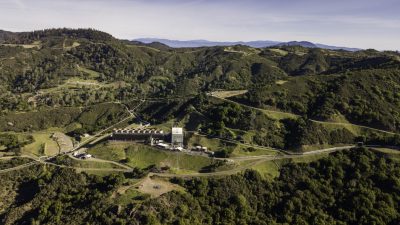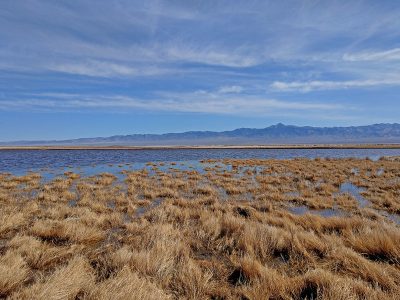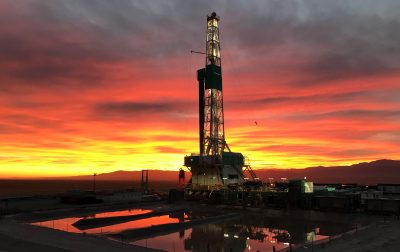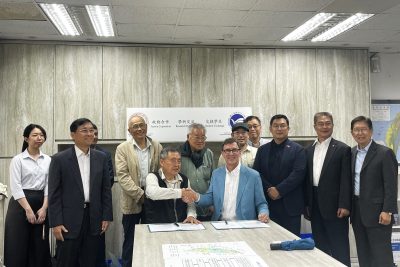UCalgary research creates geothermal map for Alberta, Canada
Gordon Brasnett from University of Calgary has created a model for estimating temperatures, depths, and other parameters for geothermal projects in Alberta, Canada.
Gordon Brasnett, a geophysicist graduating with a Master of Science in Sustainable Energy Development (SEDV) from the School of Public Policy at the University of Calgary, has created a model showing the economic viability of geothermal projects in particular areas across Alberta, Canada. The interactive model is publicly available via this link.
The interactive model was created as part of Brasnett’s capstone research project and draws on a matrix of data sources, including research done by University of Alberta scientist Dr. Jacek Majorowicz. It shows visualization of data on the geothermal gradient in Alberta, as well as the estimated depth to reach a subsurface temperature of 40 degrees Celsius. The model also estimates project parameters such as drilling costs, project costs, and project output.
“The regions with the highest gradients and therefore the shallowest estimated depths to 120°C are found west of Zama City, east of Rainbow Lake, and north of Rimbey. The estimated depths to reach 120°C in these areas are in the range of 2,250 to 2,800 metres.” Brasnett stated based on the model.
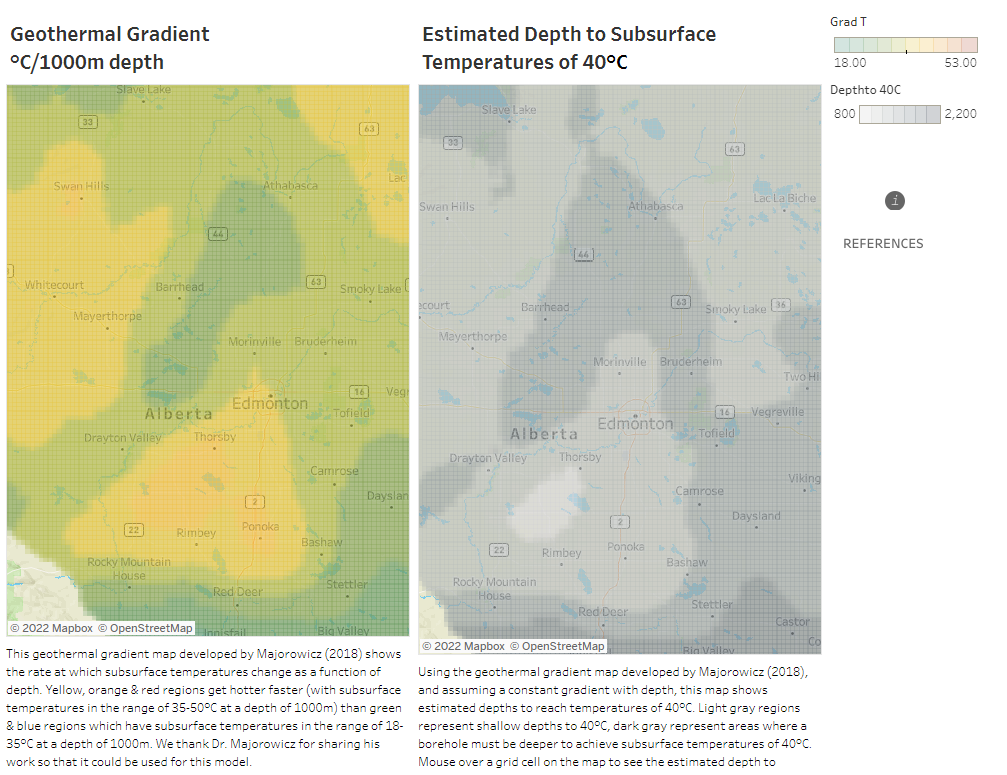
Brasnett’s model also highlighted how some high-potential geothermal resources may not be proximal to where they are needed. “My model showed that the regions with the highest gradients may not necessarily be the cheapest areas to develop for a project, as they may be too far from existing roads, transmission lines, and customers to use heat. As a result, the model showed that areas closer to Grande Prairie, Fox Creek, and Lacombe may be developed more economically for a 120°C project.”
Brasnett hopes that his research will help in conducting site-specific feasibility studies and lead to the development of district heating systems for residential buildings, industrial parks, greenhouses, campus spaces, and warehouses using geothermal resources.
A few months ago, the Government of Alberta proclaimed the Geothermal Resource Development Act, authorizing the Alberta Energy Regulator (AER) as the regulator of Alberta’s geothermal resources and setting out the requirements that the industry must follow throughout the entire life cycle of a geothermal development.
Source: University of Calgary
